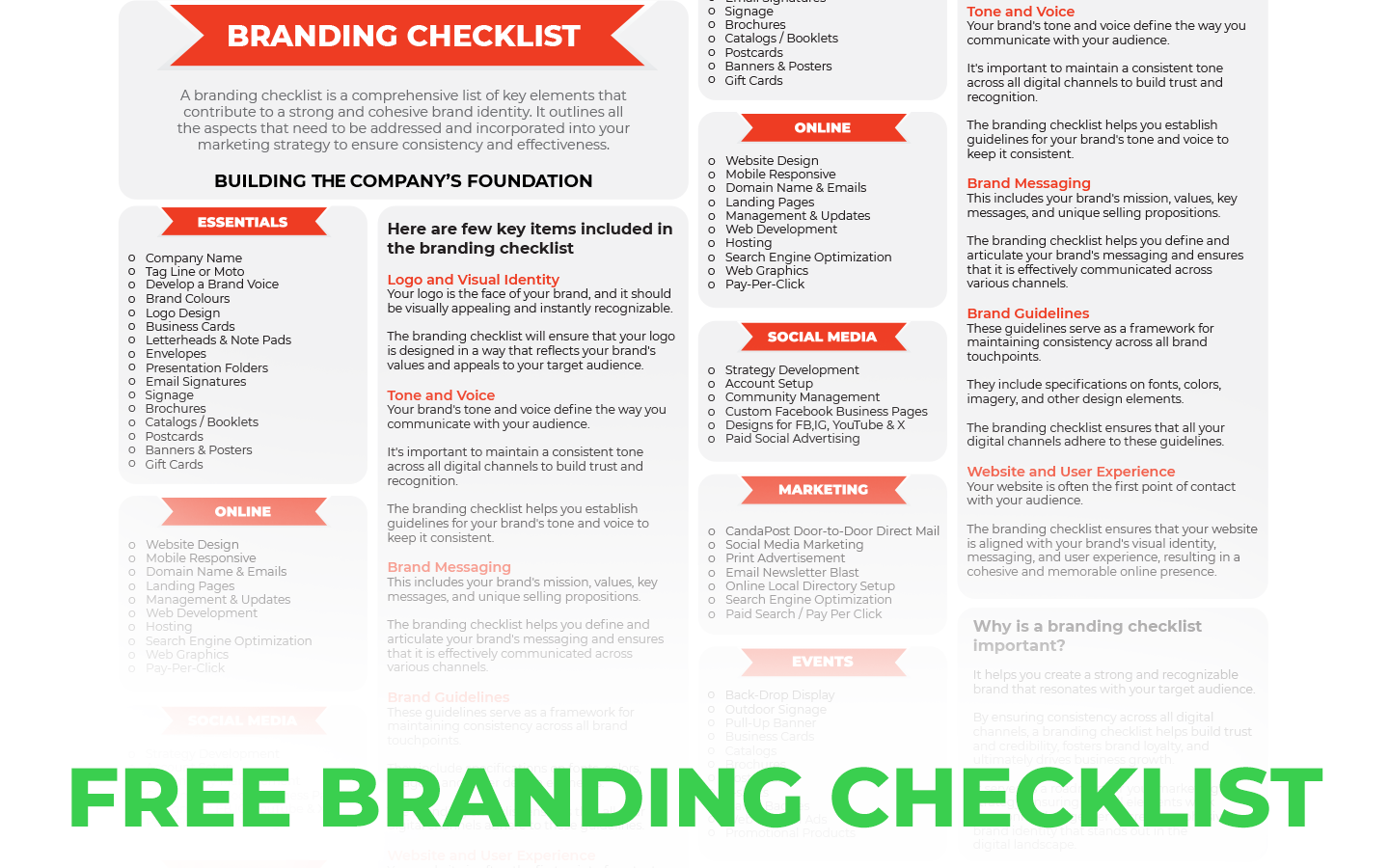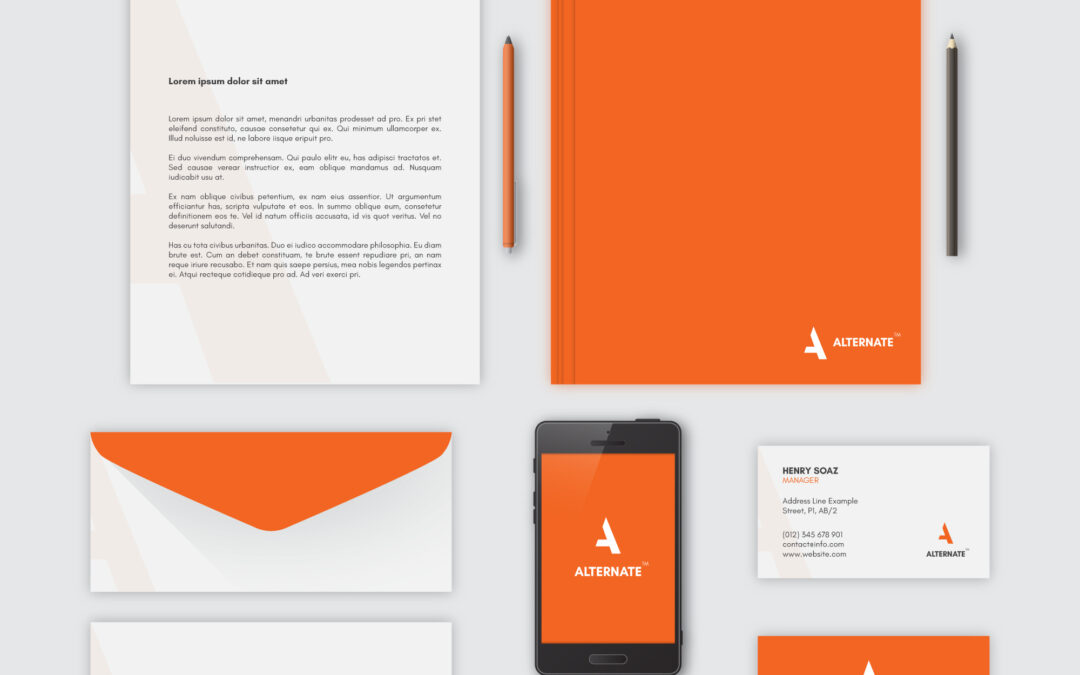In the dynamic world of branding and marketing, establishing a robust and consistent brand identity is paramount. At the heart of this endeavor lies the indispensable tool known as a brand kit. Often underestimated, a brand kit serves as a powerhouse, encapsulating the essence of your brand’s visual and communicative identity.
Introduction
In the ever-changing landscape of business, standing out amidst the noise is a challenge every brand faces. However, with a well-crafted brand kit, businesses can forge a distinct identity that resonates with their audience and sets them apart from the competition.
What is a Brand Kit?
A brand kit is more than just a collection of logos and color schemes; it’s a strategic blueprint that communicates your brand’s personality, values, and mission through a carefully curated set of design elements and guidelines. Whether you’re a startup crafting your brand identity from scratch or an established company looking to refine your image, understanding the significance of a brand kit is the first step toward making a lasting impression.
Key Components of a Brand Kit
Logo: The cornerstone of recognition, offering various formats for versatile usage.
Color Palette: Reflecting your brand’s emotions and ensuring consistency across mediums.
Typography: Communicating with style and coherence, guiding font choices for different contexts.
Imagery: Visual storytelling that aligns with your brand’s identity, invoking an emotional connection.
Brand Voice and Tone: Ensuring uniform communication style and messaging.
Brand Guidelines: Serving as a rulebook for consistency and proper usage across all platforms.
Why is a Brand Kit Important?
A brand kit is more than maintaining a consistent look; it’s about creating a cohesive identity that resonates with your audience. It builds recognition, trust, and loyalty, fostering invaluable assets for your brand’s growth and success.
Creating a Brand Kit: Step-by-Step Guide
Discovery: Researching your audience, competitors, and internal brand analysis.
Brand Positioning: Establishing your brand’s foundation, purpose, vision, and messaging.
Creative Direction: Conceptualizing the brand’s visual and communicative style.
Brand Identity System: Creating custom brand assets including logo, color scheme, typography, etc.
Brand Identity Guidelines: Documenting rules and standards for consistent usage.
Brand Application: Implementing the brand across various media platforms.
Maintaining and Updating Your Brand Kit
Regular reviews, keeping up with market trends, responding to brand evolution, and updating brand guidelines ensure consistency across all touchpoints and continued relevance in a dynamic marketplace.
Conclusion: The Significance of a Brand Kit
A brand kit is a pivotal tool for businesses aiming to establish a strong, consistent, and memorable brand identity. It serves as a strategic asset, guiding marketing efforts, enhancing brand recognition, and building customer loyalty.
In summary, a brand kit is not merely a static entity but a dynamic and evolving tool essential for building a resilient and recognizable brand identity. As businesses embark on this journey, they must recognize the importance of crafting and maintaining a brand kit that truly reflects their unique story and vision.
Q1: What is a brand kit?
A: A brand kit is a comprehensive set of tools that defines and represents a company’s brand identity. It includes visual and textual elements such as logos, color palettes, typography, imagery, and brand guidelines.
Q2: Why is a brand kit important for a business?
A: A brand kit is crucial for maintaining consistency in branding, which helps in building brand recognition, trust, and loyalty. It ensures that the brand is represented accurately and professionally across all marketing materials and platforms.
Q3: What are the key components of a brand kit?
A: Key components typically include the brand’s logo, color scheme, typography, imagery, brand voice and tone, and comprehensive brand guidelines that dictate how to use these elements.
Q4: How often should a brand kit be updated?
A: It should be reviewed and potentially updated regularly, at least annually, to ensure it remains relevant and aligns with the brand’s current strategy and market trends.
Q5: Can a small business benefit from a brand kit?
A: Absolutely. A brand kit is beneficial for businesses of all sizes. For small businesses, it can help establish a strong brand identity from the start, which is crucial for gaining recognition and competing effectively.
Q6: How does a brand kit differ from a logo?
A: A logo is just one component of a brand kit. While a logo is a symbol representing the brand, a brand kit encompasses the entire spectrum of the brand’s visual and communicative identity.
Q7: Who should create a brand kit?
A: Ideally, a brand kit should be created by professional designers and branding experts who understand your business and market. However, smaller businesses might start with basic elements and expand as they grow.
Q8: Is a brand kit only for digital use?
A: No, a brand kit is used for both digital and print mediums. It ensures that the brand is consistently represented on websites, social media, digital ads, as well as on print materials like business cards, brochures, and packaging.
Q9: How does a brand kit impact marketing?
A: A brand kit provides a consistent framework for all marketing materials, ensuring that every piece of content aligns with the brand’s identity. This consistency strengthens marketing efforts and helps in building a cohesive brand image.
Q10: Can a brand kit evolve over time?


